Not a lot of collectibles come with an adorable history like sewing machines. The well-documented subject remains a great investment to present the history. Whether you’re stumbled/inherited or possess an old machine, it can be worth some amount.
Do you want to know the antique sewing machine values with brand recognition? Well, you have a lot to know on the subject with too many details at a stone’s throw. However, check the expert guidelines to skip wasting time on useless antique info.
Table of Contents
What is an Antique Sewing Machine?
Englishman Thomas Saint is credited to invent the sewing machine in 1790. The commercial failed product managed to pave the way for further research. And Barthélemy Thimonnier actually designed the very first practical sewing machine with minimal drawbacks.
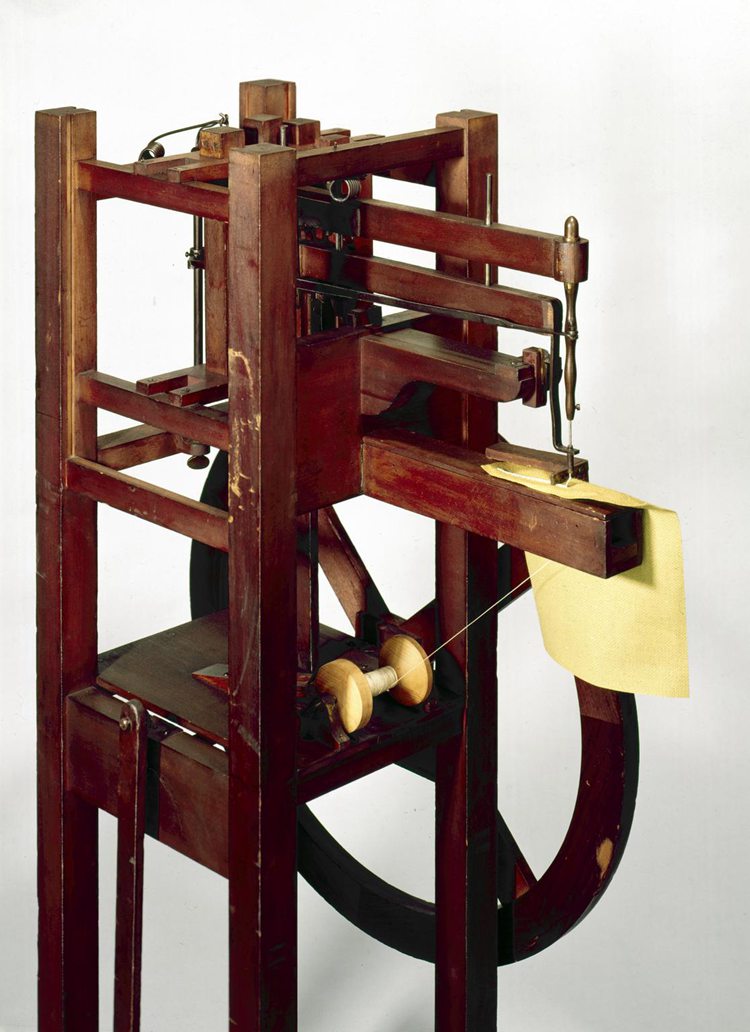
- The clothing industry incorporated the use of sewing machines from the 1820s/1830s. However, a confirmed patent by Singer took place in 1951 in the USA.
- It set the foundation of large-scale production to expand the market’s growth. Lots of companies kept marketing many distinctive models during the later 1800s.
Magnificent number of changes/modifications evolved the original design through the early century decades. Available models in the stores, sales, shops, or sites are primarily from the 1900s. You’re to make or invest a significant amount from the early 1800s sewing machines.
How to Identify Antique Sewing Machines?
Authenticity is indeed the first step of assessing the antique for valuation. Reproductions or modern machines in poor condition will check nothing but scams. Market enthusiasts have emphasized the following points for identifying antique sewing machines.
· Brand Marking
Almost all brands had imprinted the brand logo on a plate for a screwed/bolted attachment. And the marking will immediately narrow down the extent of possibilities. However, a missing/damaged logo requires a proper restoration process to reveal the brand.
· Serial Number
Combination of numbers with hyphens remains the ultimate way to confirm Singer machines. You should inspect the throat plate, right side, underneath & front to find the numbers. Genuine serial will help you to match the number from available data.
ISMACS (International Sewing Machine Collectors’ Society) has Singer’s Serial Number Database.
Other brands to lack serial number remains extremely difficult to find without consultation. Even models to feature brands with serial or serial without brands will require the same strategy. You’ll have to take pictures for online search & suggestions.
· Special Feature
Well-set industrial competition introduced innovative features to newer models during the 1800s. And a particular recognition of feature can trace the brand for unknown cases. However, you must stand cautious about the feature’s superiority to others.
· Machine Types
Exploring the existed or existing types of antique sewing machines can definitely help. The timeline is actually overwhelmed with many categorized models in the industry. However, there’s no need to give yourself a headache with all the antique types.
Antiques – Love to Know offers a great source on classic sewing machine types for better catchup.
· Construction
Early material can denote the age, current condition & quality from various extents. Machine materials can even narrow down the possibility of unmarked models. Therefore, it plays a significant role in deciding the market value with additional terms.
· Sewing Quality
Of course, it isn’t exactly a good point regarding completely disruptive antique ones. But the point holds great importance with vintage models from the 1950s or so. Lots of stitching types, additional features & weaving outcome maintains the consideration.
Check the articles from Silver Bobbin, Threads, The Mermaid’s Den to know further info.
Antique Sewing Machine Brands
There are lots of brands to attempt a fortune in the sewing machine industry. Only a few brands managed to establish solid recognition for obvious reasons. In fact, you can still find multiple antique models from less-known or almost unknown brands.
You should start with the most promising, well-founded, successful brands across the globe.
- Bernina Sewing Machine – Swedish brand Bernina entered the market at the very end of the 1800s. At the time, many early American sewing machines were getting out of the industry. Check further details on collectible Bernina machines at Silver Bobbin.
- Davis Sewing Machine – It’s indeed a great company to manage the changes of the Victorian era. The company produced machines for 25 years, starting from 1868. The company switched to bicycle production right before initiating its complete closure in 1924.
- Grover & Baker Sewing Machine – The 1851 – 1875 manufacturer held its business across NYC & Boston. It introduced multiple advancements in the early sewing machine industry. Devastating fire with financial crisis forced the promising company to shut down.
- Kenmore Sewing Machine – It’s more like a vintage company to start operating from the 1930s. Housewives with a limited budget were primarily its top customers with minimal features. Likewise,
- National Sewing Machine – The company remains one of the largest manufacturers in the USA. And the early pattern resembled multiple Singer designs in the market. But it marketed some highly improved models with developments before going out in 1954.
- New Home Sewing Machine – The well-known competition of Singer had to close the business in the 10s. Still, you can manage several high-quality, precious vintage options at different platforms. Don’t forget to sharpen your knowledge from
- Singer Sewing Machine – It’s arguably the most prolific sewing machine company in history. almost everyone has heard of the brand from different aspects of technology.
- Wardwell Manufacturing – Change of ownership ended the production in 1895 after founding in 1882. And it developed some rather simplistic yet highly effective designs. However, any sewing machine from a short-lived company is extremely rare to find.
- Wheeler & Wilson Sewing Machine – The less-known company was the most successful in the 1860s – 1870s period. However, it set the industry-standard four-motion feed during the time. However, the forgotten company saw its end in 1903 after its founding in 1853.
America alone enlisted more than 50 different companies on sewing machines. It’s a fact to indicate the immense number of attempts to make a position in the industry.
Check the reputed brand directory on Sewing is Cool to know additional ones. Also, you may dig the dedicated Wikipedia page on listed sewing machine brands.
How to Value Antique Sewing Machine?
Determining the value of antique sewing machines is quite troublesome with documentation. Early Kenmore models can fetch you more than $500 on condition. And Grover & Baker machines can even exceed $1000 to reach $2000 on availability.
Meanwhile, Wheeler & Wilson can value $150 – $300 depending on many factors. Davis sewing machines may check $100 – $200 against the National’s $100 – $150 valuation. And too many models from different periods set a wide range for Singer.
1. Age/Production Year
Somewhat older machines are worth more than newer ones under definite terms. Confirmed patent, stamped date of production can idealize the age. But the best strategy always concerns serial detection.
2. Mechanical Function
You should at least determine if the sewing machine can operate at all. Try to initiate a gentle turn for the handwheel (usually at the right side). Focus on the bobbin to check if it moves with the turned handwheel.
3. Current Condition
Machines in good condition can set the demand & price at higher levels. Closely inspect every part to understand the existing condition. Observe the design to find visible stains, dings, chips, rusts, scratches, or cracks.
4. Intended Applications
Two specific types existed in the course to meet the customer demand – personal & industrial. Heavy industrial designs may value less than domestic ones. However, provenance may introduce otherwise value.
5. Rarity of the Model
Anything rare can value a lot than similar counterparts in the market. And it concerns the brand, model, year & specialty of sewing machines. You must show/check for sufficient proof on the machine for a trade.
Consider the ShopperLib, Silver Bobbin & Catawiki articles to know more on proper valuation. Look into the Sew What Maryborough, Jackie Jenkins Hannah & Chatterbox Quilts from YouTube.
Resources on Antique Sewing Machine
Abundance of the material makes it rather easy to dig the available resources. There are even well-organized books for the process like –
- The Encyclopedia of Early American & Antique Sewing Machines: Identification & Values
- Antique American Sewing Machines: A Value Guide
Exploring the market remains a good idea to know the current value & demand. You should check the available collectibles from –
- Local Dealers
- e-Commerce Sites
- Antique Shops
- Flea Markets
- Estate Sales
- Garage Sales
- Online Auctions
Well-known commerce sites like eBay, Ruby Lane, Etsy contain impressive collectibles for sale. And Wayne Schmidt on YouTube contains many exclusive videos.
Final Words
It’s somewhat easy to invest or make a few bucks from antique sewing machines. But the actual amount depends on your precise knowledge of the subject. What you need is to explore the aforementioned resources to confirm the value.
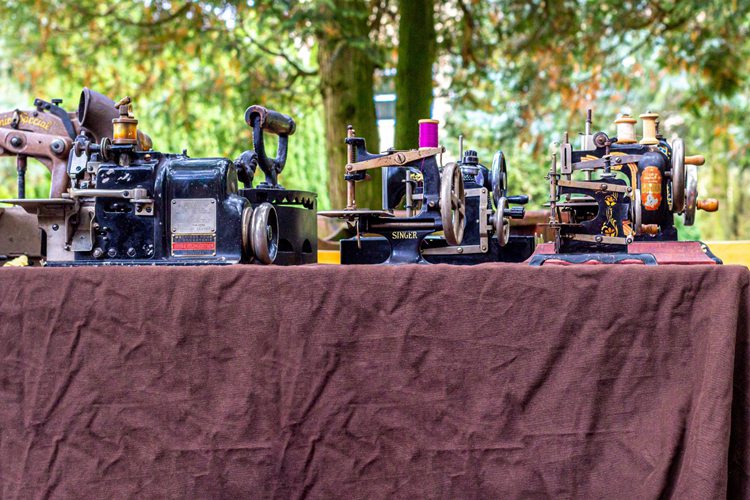
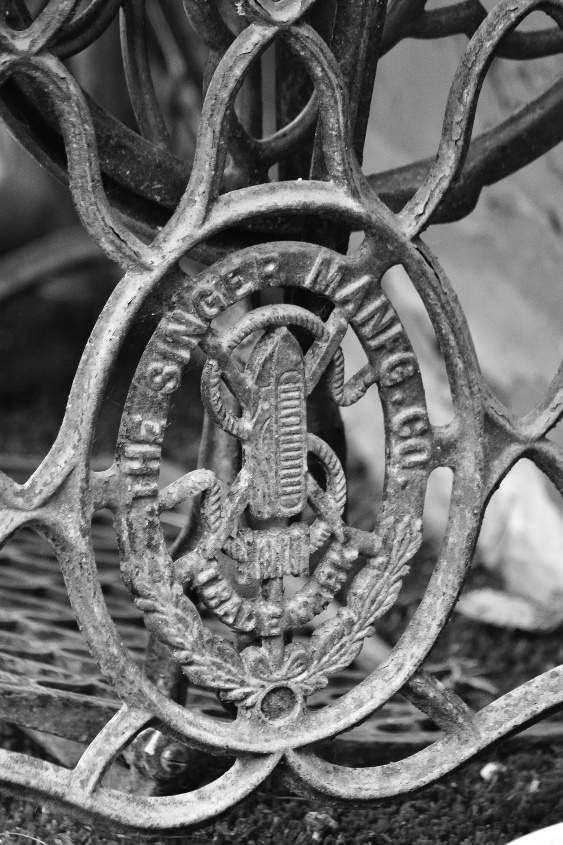
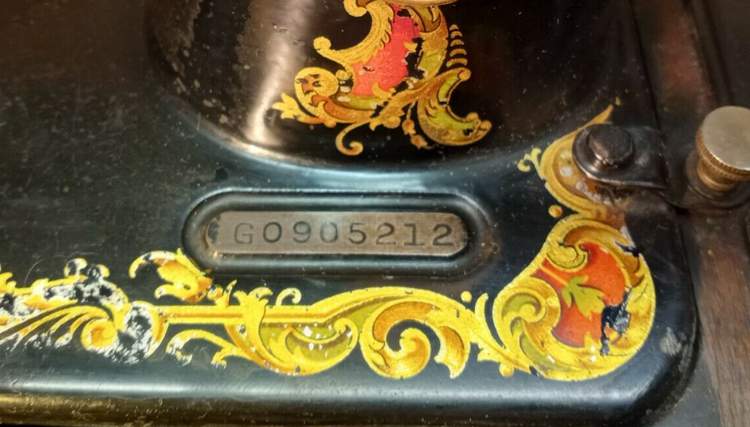
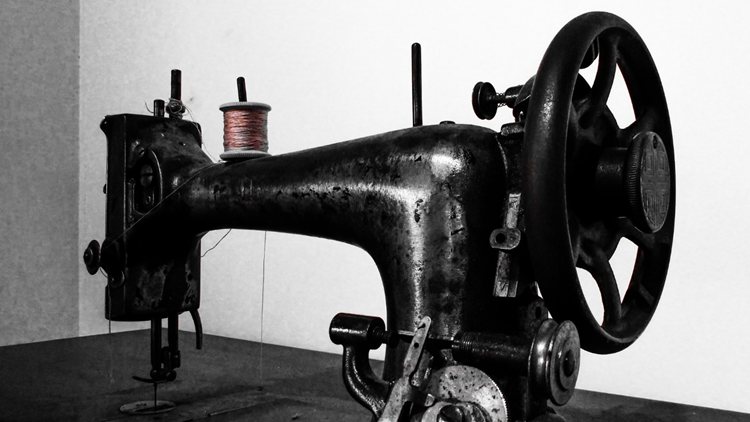
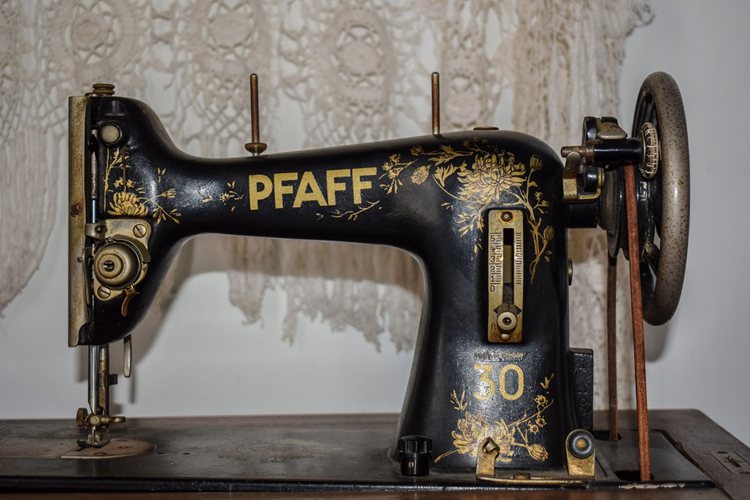
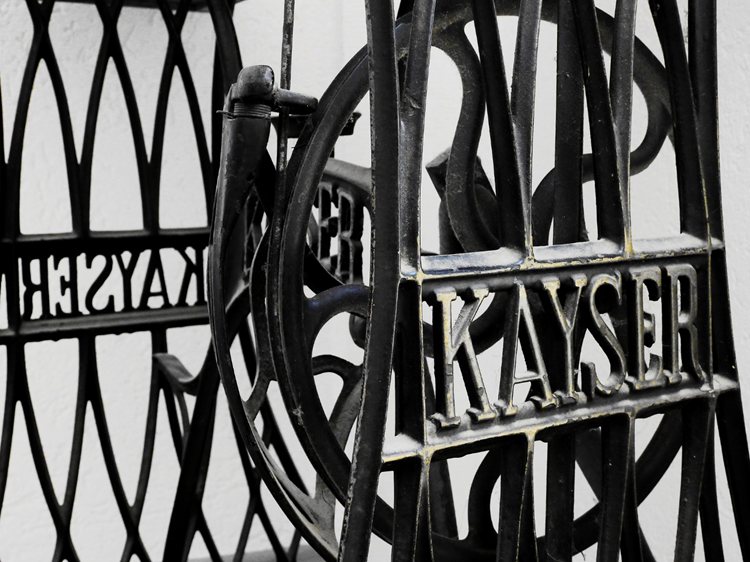
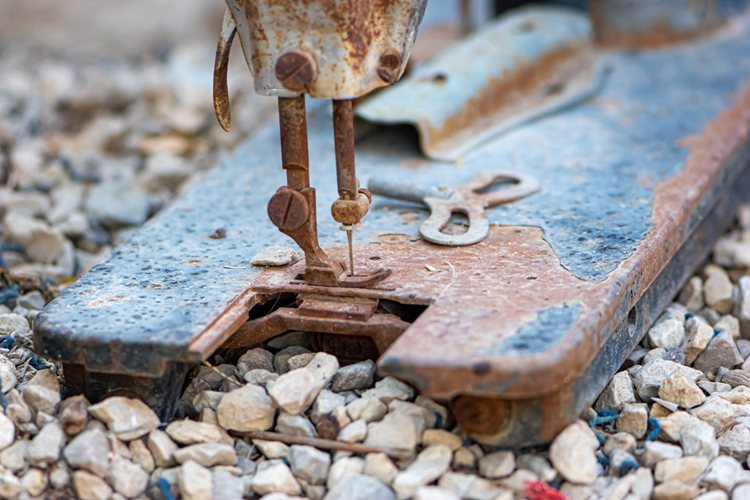
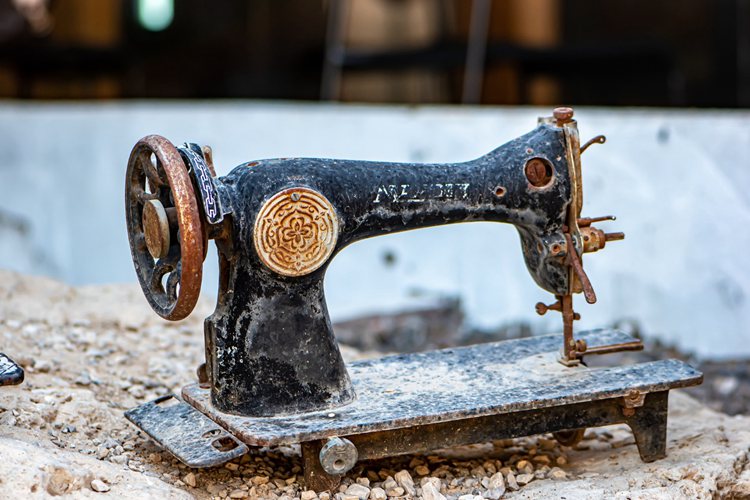






![Vintage Schwinn Bikes: [Types, Identification, and Values]](https://www.txantiquemall.com/wp-content/uploads/2022/05/5.-Schwinn-1967-Ramshorn-Fastback-Stingray-Sky-Blue-vtg-600x450.jpg)
